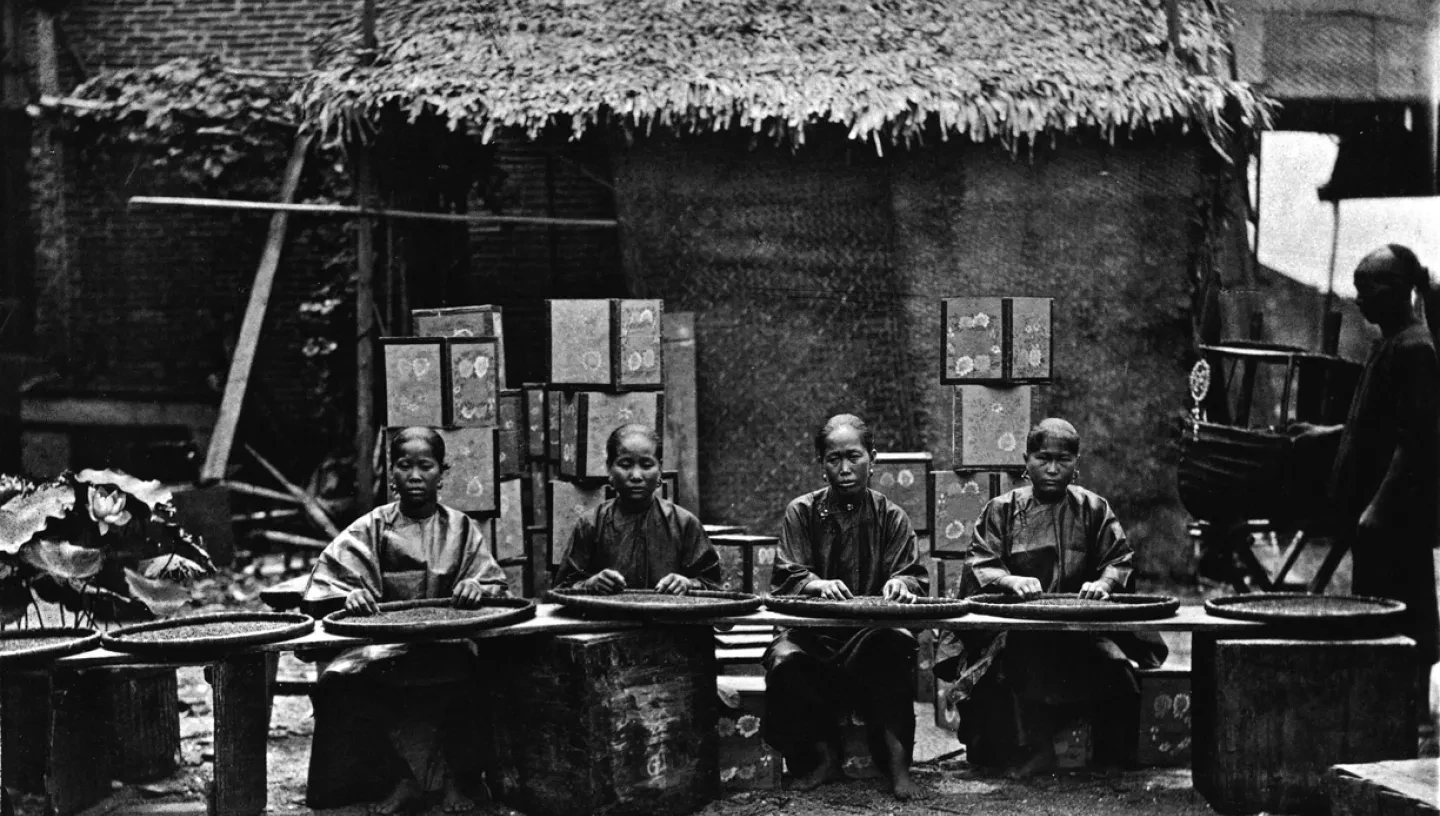
The humble cup of tea was the most popular working-class drink by the mid-19th century.
It is generally thought that ‘char’ is an Anglicisation of the Indian word for tea, but ‘char’ is in fact quite a close version of the Chinese for tea, tcha. Tea was grown exclusively in China until the mid-19th century, and increasingly large amounts of it were sold to Britain from the early 18th century as it became a more and more popular drink.
History of tea-drinking in England: tea, sugar and the slave trade
Tea-drinking was first introduced to the court of King Charles II by his Portuguese wife, Catherine of Braganza. The Portuguese had been trading directly with China for over 100 years by this time, and were already familiar with the drink.
At first only small amounts of tea were imported to England, and for some years it remained a luxury item drunk for its medicinal properties as much as for pleasure. It began to grow in popularity in England from about the 1720s, when it was sweetened with sugar grown in the West Indian slave plantations. Thereafter the tea, sugar and slave trades grew alongside each other.
The Indian tea industry
Tea plants were successfully transported from China to India by a botanist called Robert Fortune in the 1840s and 1850s. Many people had tried to grow Chinese tea plants outside China from the 1700s, but their attempts had failed largely because it was so difficult to keep plants alive on board ship for any length of time. Fortune used the newly invented Wardian Case (a sealed glazed container designed to protect plants) to transport the young plants, and the Indian tea industry began.
By the mid-19th century, the price of tea had dropped so much that it became the most popular British working-class drink.